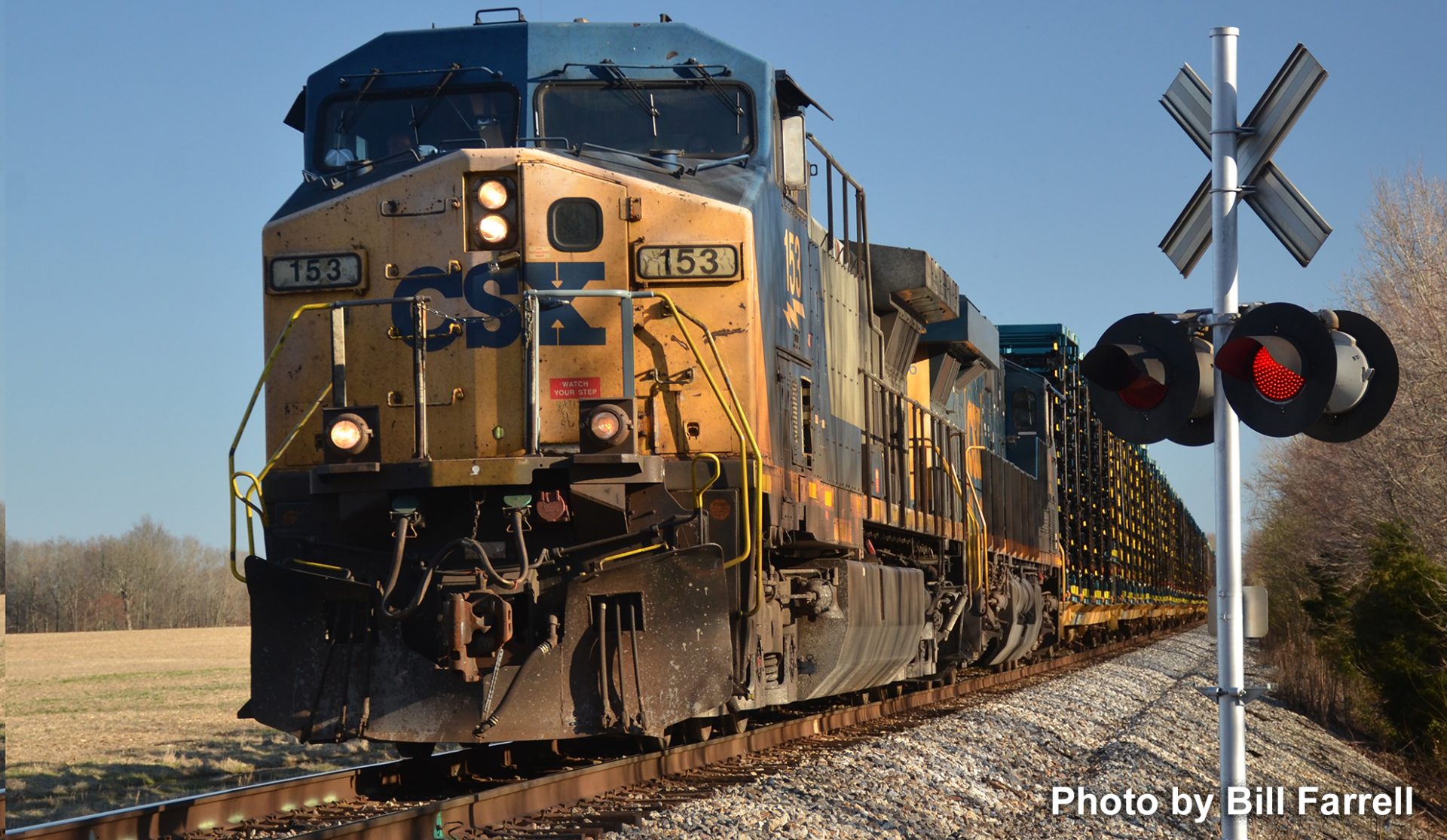Submitted by Gary Ostlund

As railroads grew, trains got longer and heavier, the power to pull them got larger. Roundhouses with the ubiquitous turntable suddenly needed updating.
Roundhouses stalls were extended, and turntables had to be lengthened. The individual stall extensions were minor, compared to the lengthening of a turntable.
Speedy construction was essential as you can see with multiple cranes, equipment, supplies and a hefty workforce.

When a turntable was out of service for even a short period, the task of maintaining the motive power came to a standstill. Time was of essence.
The last new roundhouse complex to be built by a major railroad was the Nickel Plate facility in Calumet, IL., near Chicago in 1951. Most roundhouses are a thing of the past, as diesel maintenance required long bays, with pits and overhead cranes. Yet today you will still find many a turntable to turn and position power and certain pieces of rolling stock.
You will notice when a train passes with multiple units up front, the rearmost is almost always facing rearward. Locomotive sets usually return to their terminal of origin, thus no turning of equipment.
So one must wonder, are those remaining turntables symbolically poking their finger into the eye of management as revenge for the demise of steam….?

